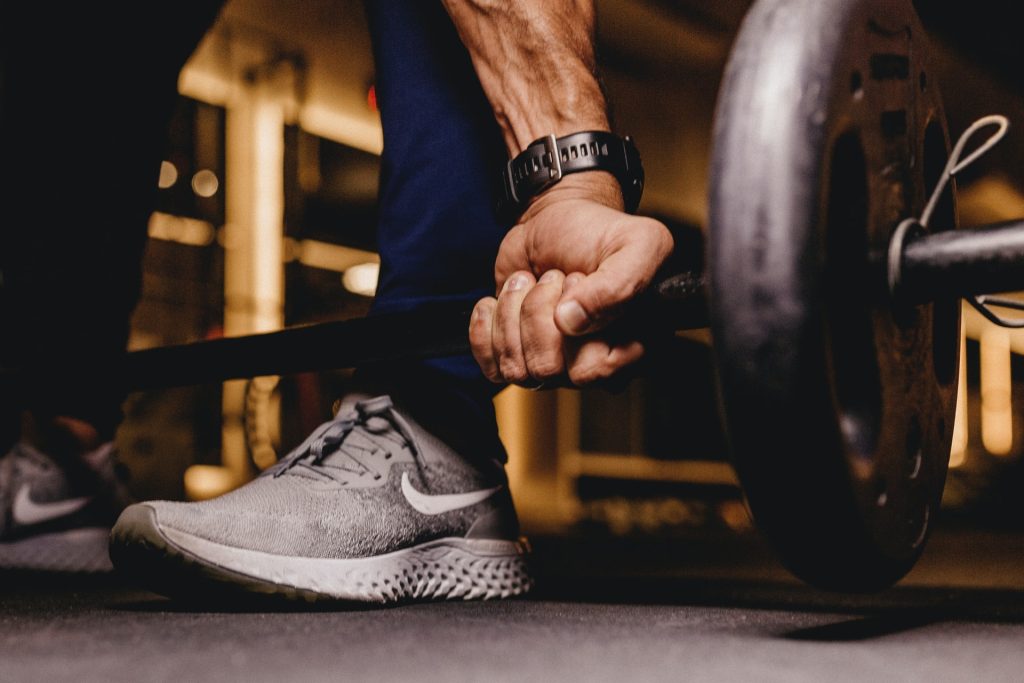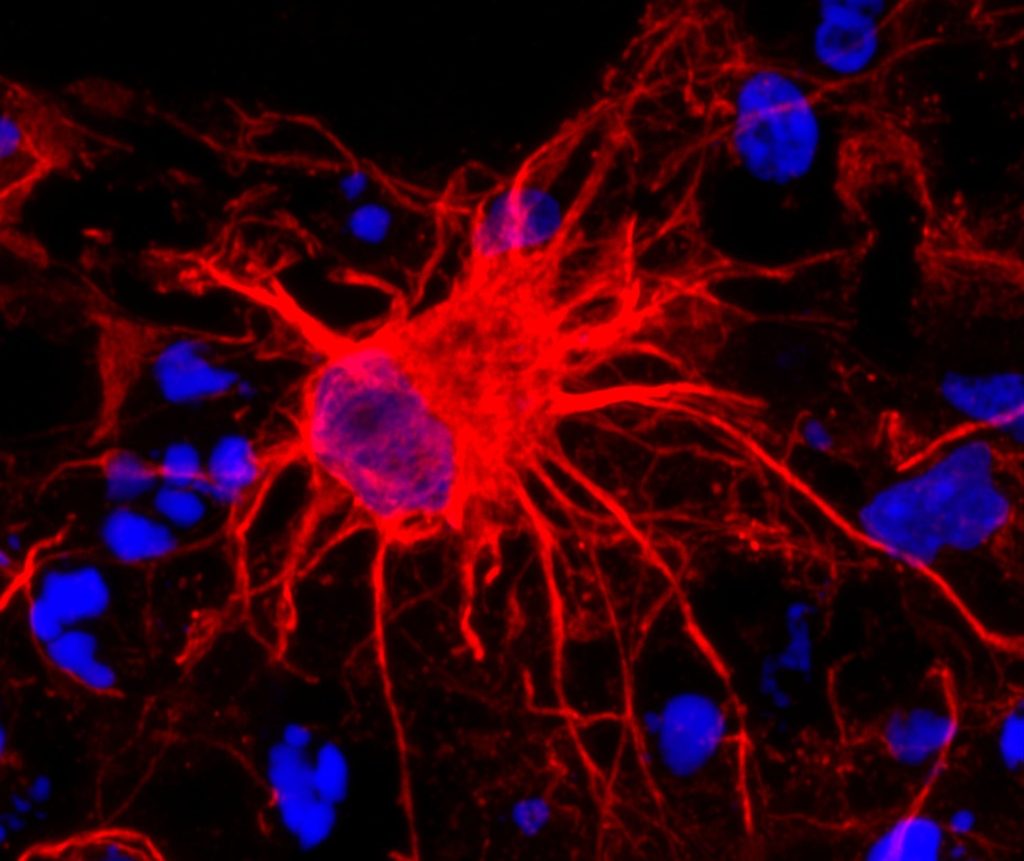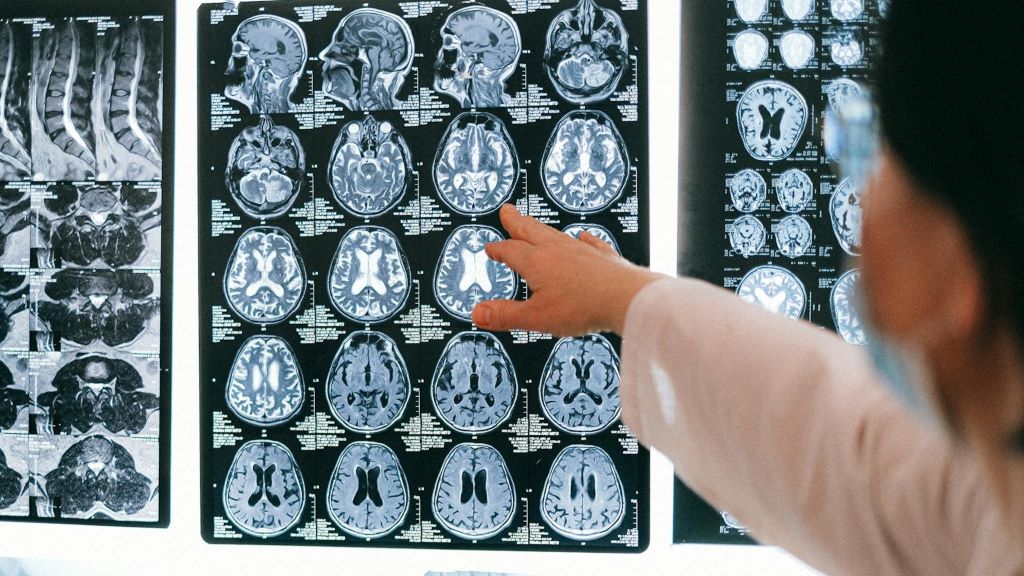In Younger Women, Stress is Associated with an Increased Stroke Risk

Some people living with chronic stress have a higher risk of stroke, according to a study published on online in Neurology®, the medical journal of the American Academy of Neurology. The study looked at younger adults and found a correlation between stress and stroke, with no known cause, in female participants, but not male participants.
“Younger people often experience stress due to the demands and pressures associated with work, including long hours and job insecurity, as well as financial burdens,” said Nicolas Martinez-Majander, MD, PhD, of the Helsinki University Hospital in Finland.
“Previous research has shown that chronic stress can negatively affect physical and mental health. Our study found it may increase the risk of stroke in younger women.”
For the study, researchers looked at 426 people aged 18 to 49 who had an ischaemic stroke with no known cause. They were matched for age and sex with 426 people who did not have stroke. Participants completed a questionnaire about stress levels over a one-month period. Those with stroke were asked after their stroke to record stress levels in the month prior to their stroke.
Participants were asked 10 questions, such as “In the last month, how often have you felt that you were unable to control the important things in your life?” Scores for each question ranged from zero to four, with four meaning “very often.” A total score of 0 to 13 represented low stress; 14 to 26, moderate stress; and 27 to 40, high stress.
Those with stroke had an average score of 13 compared to those without stroke who had an average score of 10. People with stroke were more likely to have at least moderate stress levels. Of those with stroke, 46% had moderate or high stress levels compared to 33% of those who did not have stroke. After adjusting for factors that could affect risk of stroke such as education level, alcohol use and blood pressure, researchers found for female participants, moderate stress was associated with a 78% increased risk of stroke and high stress was associated with a 6% increased risk.
Researchers did not find a link between stress and stroke in male participants. “More research is needed to understand why women who feel stressed, but not men, may have a higher risk of stroke,” said Martinez-Majander.
“In addition, we need to further explore why the risk of stroke in women was higher for moderate stress than high stress. Knowing more about how stress plays a role could help us to create better ways to prevent these strokes.”
A limitation of the study was that people experiencing higher levels of stress may have been less likely to enrol in the study, which could have affected the results.
Source: American Academy of Neurology










